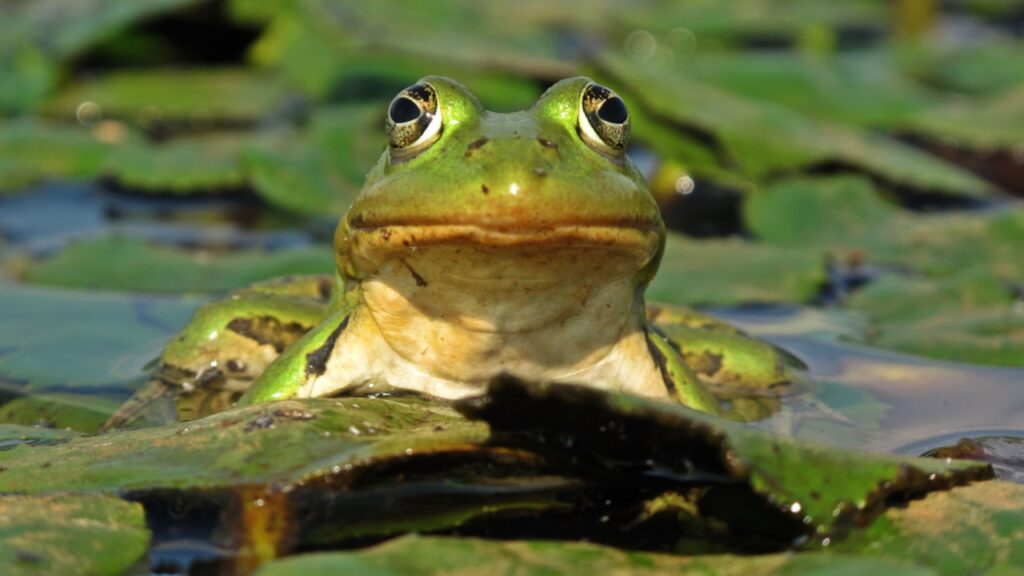The United Kingdom is home to a diverse array of amphibians, some of which are best admired from a safe distance. While most frogs and toads in the UK are harmless, there are a few species that can cause irritation or discomfort if handled. In this article, we’ll explore ten toxic toads and frogs found in the UK and why it’s important to avoid touching them.
1. Common Toad (Bufo bufo)
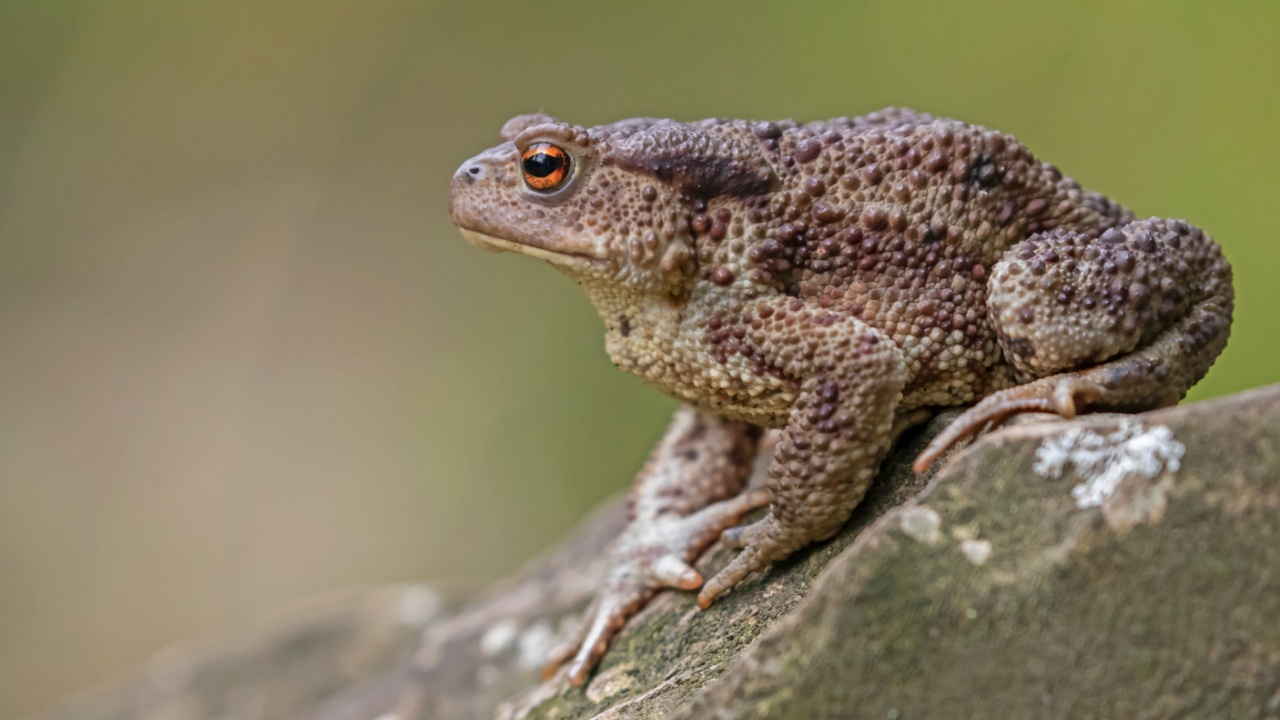
The Common Toad is a widespread species found throughout the UK. While not deadly, its skin secretes a mildly toxic substance that can cause irritation if it comes into contact with your eyes or mouth. It’s best to observe these warty amphibians from a distance and avoid handling them altogether.
2. Natterjack Toad (Epidalea calamita)
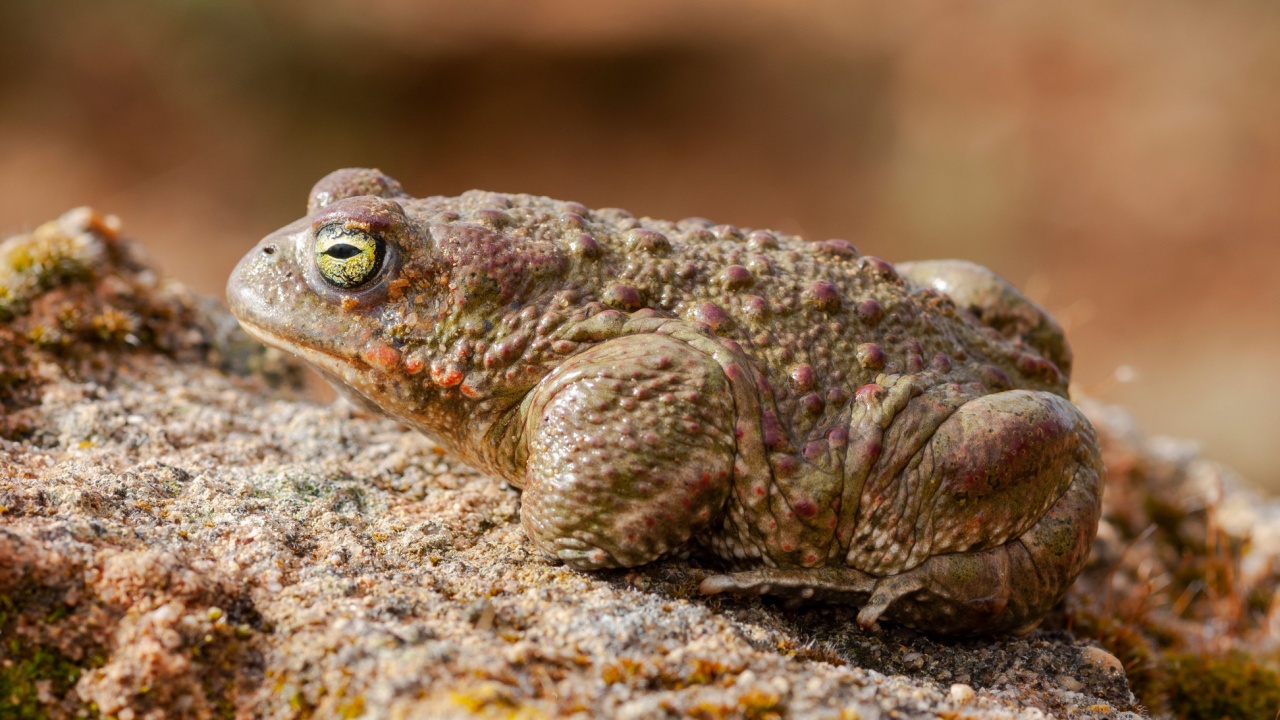
The Natterjack Toad is a rare species found in coastal areas and heathlands. Like the Common Toad, its skin secretes a toxic substance that can cause irritation. These toads are protected by law, so it’s essential to leave them undisturbed in their natural habitats.
3. Common Frog (Rana temporaria)
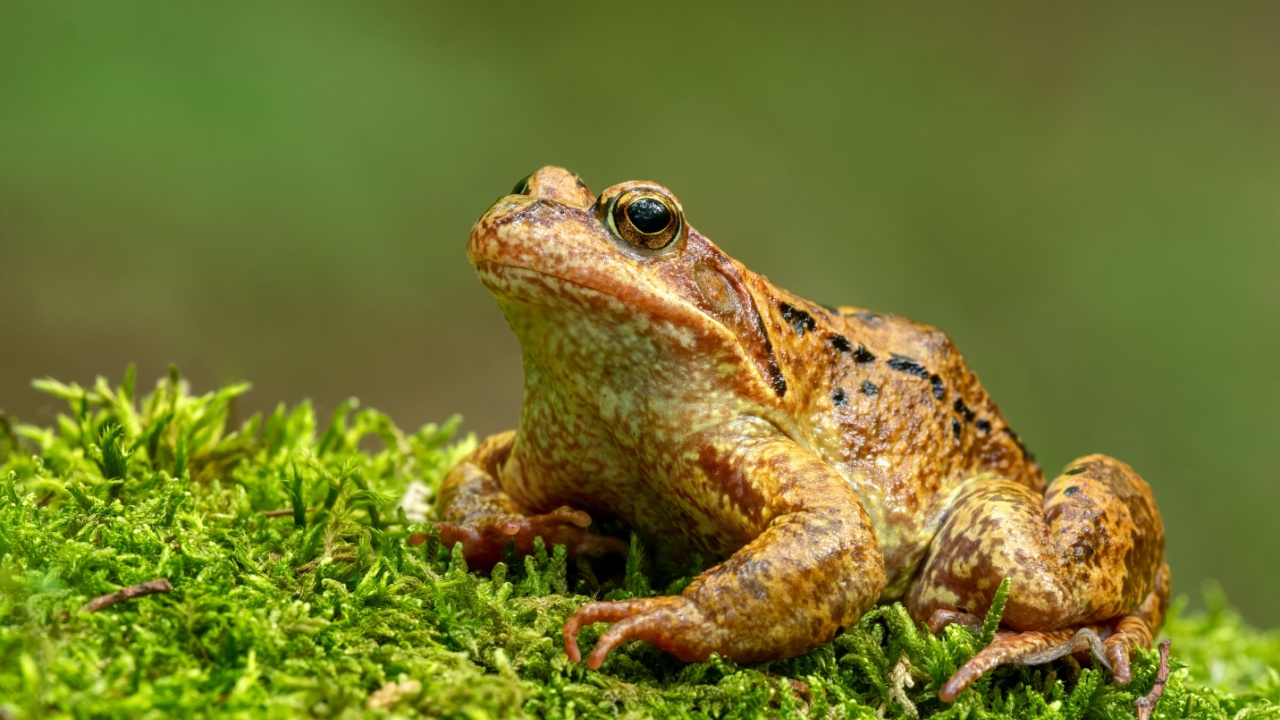
The Common Frog is another widespread species in the UK. While generally harmless, some individuals may secrete a mildly toxic substance from their skin when stressed. It’s best to avoid handling these frogs and instead enjoy observing them in their natural environment.
4. Pool Frog (Pelophylax lessonae)

The Pool Frog is a rare species found in a few isolated populations in Norfolk. Although not highly toxic, their skin secretions can cause minor irritation. As with all wild animals, it’s best to leave these frogs undisturbed and appreciate them from a distance.
5. Yellow-bellied Toad (Bombina variegata)
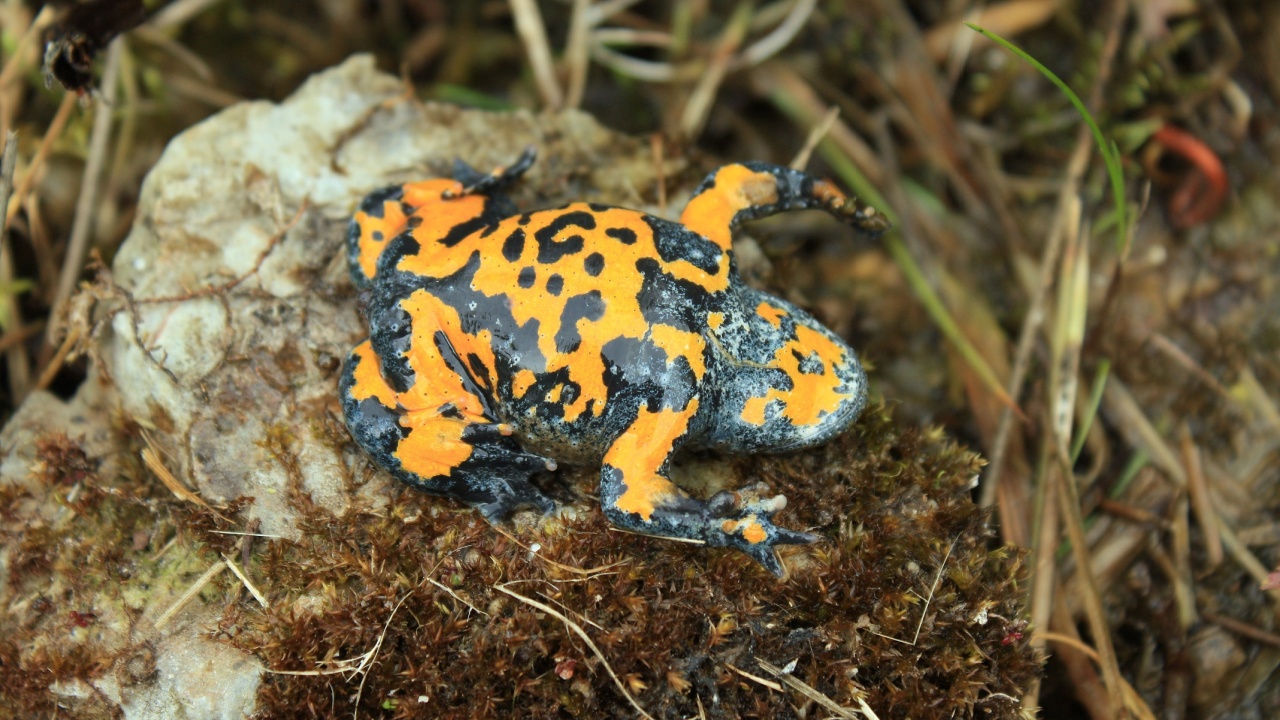
The Yellow-bellied Toad is an introduced species with a limited distribution in the UK. When threatened, these toads secrete a toxic substance from their skin that can cause irritation and discomfort. Avoid handling these colorful amphibians to prevent any potential harm.
6. Midwife Toad (Alytes obstetricans)
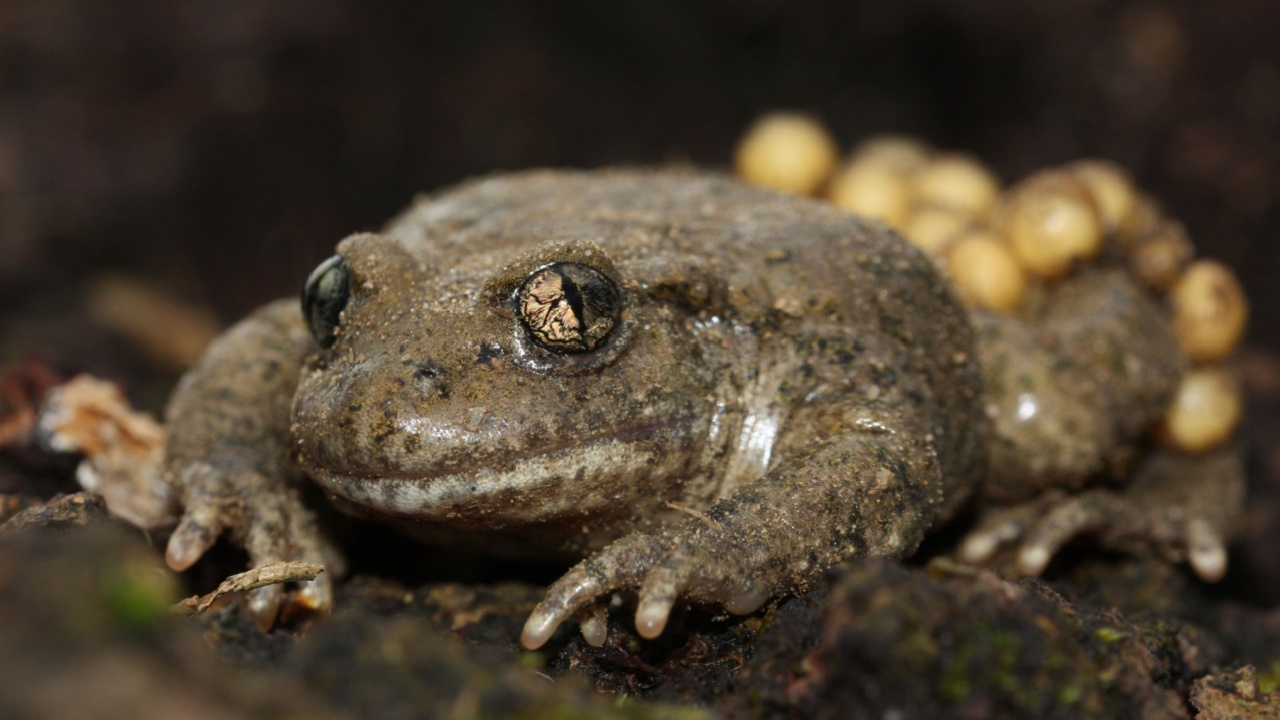
The Midwife Toad is another introduced species found in a few locations in the UK. While not highly toxic, their skin secretions can cause minor irritation. As with all wild animals, it’s crucial to observe these toads from a safe distance and avoid disturbing them.
7. African Clawed Frog (Xenopus laevis)

The African Clawed Frog is an invasive species that has been introduced to the UK through the pet trade. These frogs can carry Salmonella bacteria, which can cause serious illness in humans. It’s essential to avoid contact with these frogs and report any sightings to the proper authorities.
8. European Tree Frog (Hyla arborea)
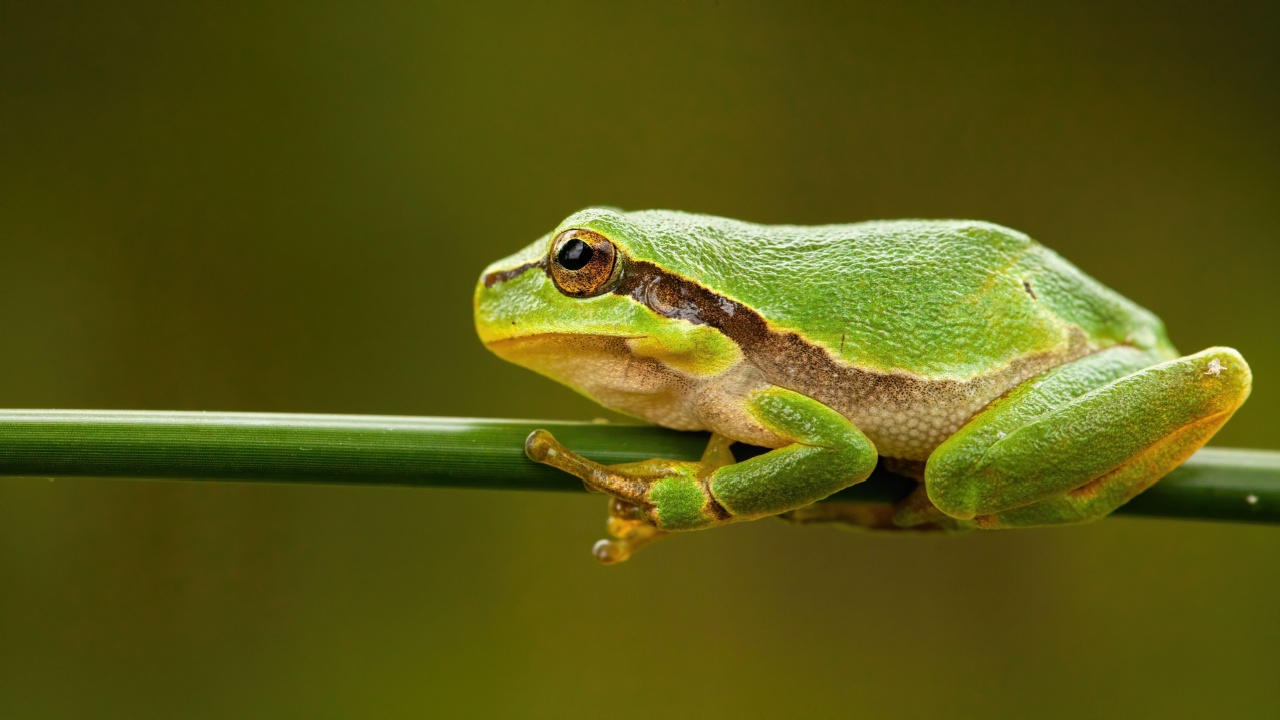
The European Tree Frog is a rare, introduced species found in a few locations in the UK. While not highly toxic, their skin secretions can cause minor irritation. As with all wild animals, it’s best to observe these beautiful frogs from a distance and avoid disturbing their natural habitat.
9. Agile Frog (Rana dalmatina)
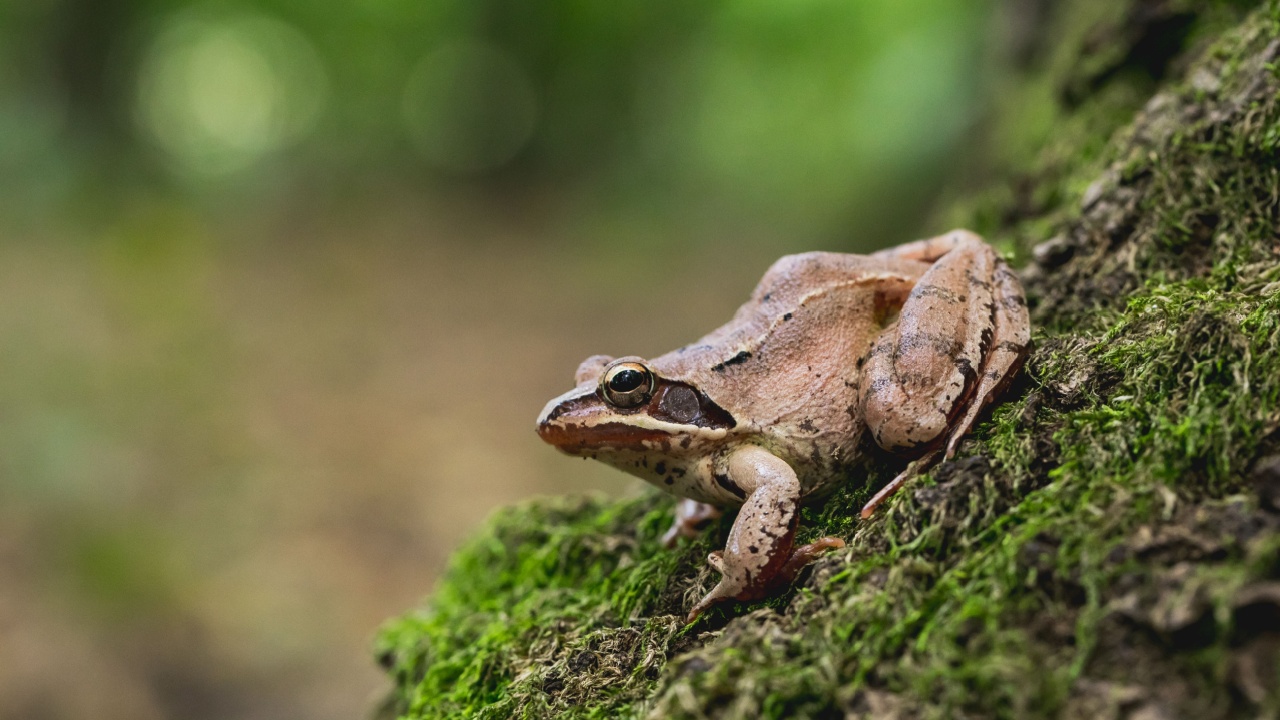
The Agile Frog is a non-native species that has been introduced to a few locations in the UK. Although not highly toxic, their skin secretions can cause minor irritation if handled. It’s important to leave these frogs undisturbed in their adopted habitat and appreciate them from afar.
10. Marsh Frog (Pelophylax ridibundus)
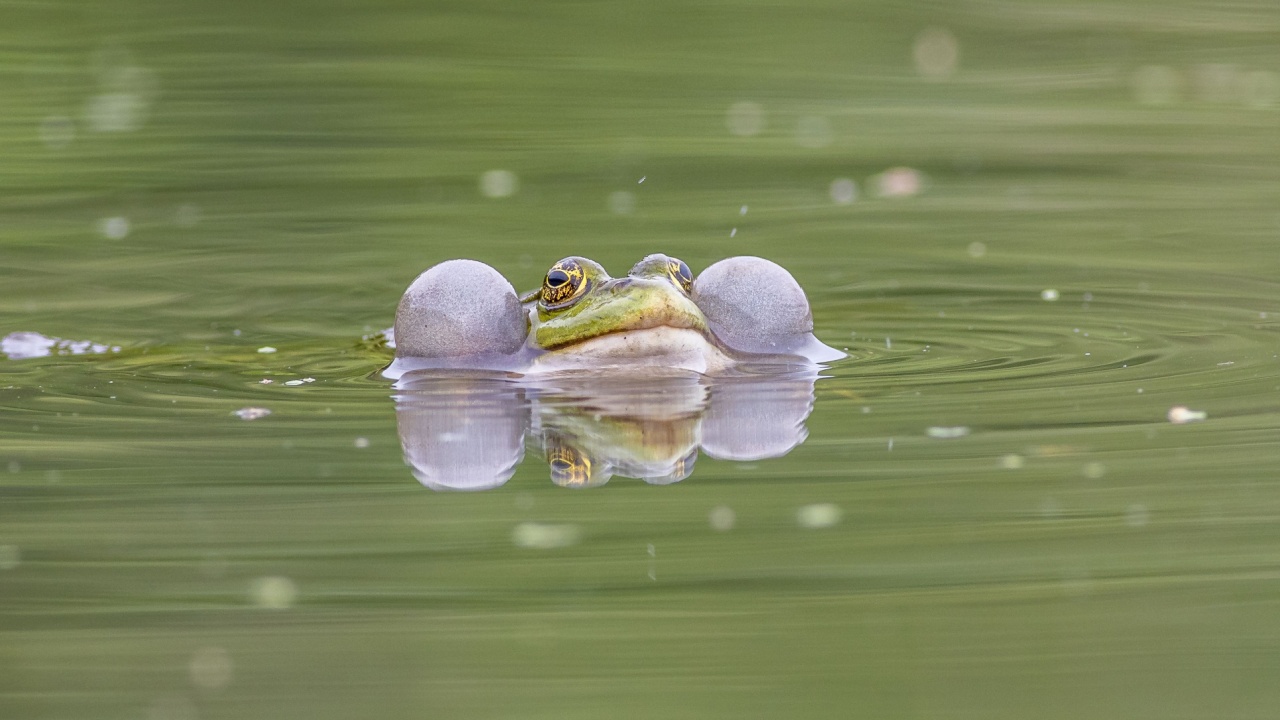
The Marsh Frog is another introduced species found in various parts of the UK. While not highly toxic, their skin secretions can cause minor irritation if they come into contact with sensitive areas like the eyes or mouth. As with all wild animals, it’s best to observe these frogs from a safe distance and avoid handling them.
Becky is a fervent wildlife enthusiast and pet care expert with a diploma in canine nutrition. Her love for animals stretches beyond the domestic, embracing the wild tapestry of global fauna. With over a decade of experience in animal welfare, Becky lends her expertise to OutlandishOwl through insightful articles, captivating wildlife information, and invaluable guidance on pet nutrition. Her work embodies a deep commitment to understanding the intricate lives of animals and a passion for educating others on sustaining natural habitats. Becky's hands-on conservation efforts and her knack for translating complex dietary science into practical pet feeding tips make her an indispensable voice for creatures great and small.

